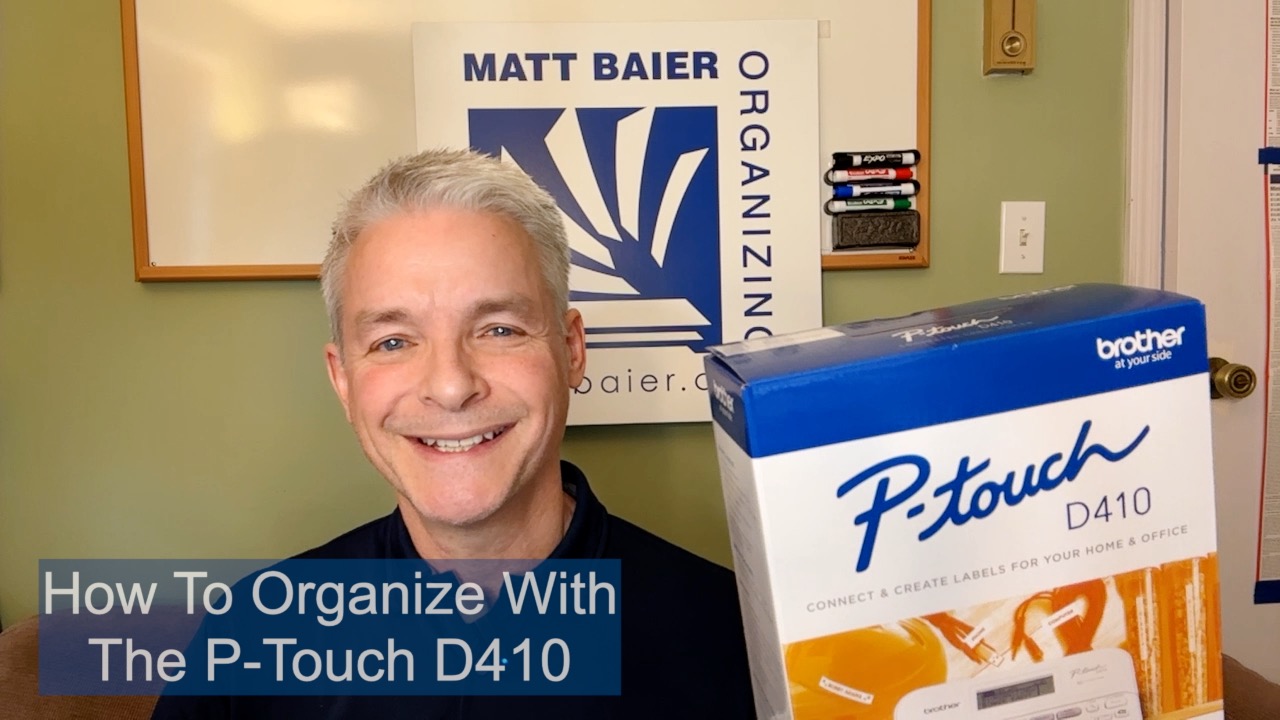One of the problems my clients tend to have with organizing is that they to see everything in black and white. Whether an item is extremely valuable or completely useless, it’s easy to find a home for it. The real challenge comes with all the shades of grey in between.
For the sake of clarity, I’m calling items that are dense with value black and items that are empty of value white.
I often hear future clients tell me “you wouldn’t believe how much I have already thrown out.” These discards would mostly fit under the white designation. They’ve hit a wall with all the items that are neither black or white. They’re in grey area. That can be overwhelming and that’s where a professional can help.
One of my core beliefs is that ultimately organizing is not about sorting out your stuff. It’s about sorting your priorities. Since everybody has different priorities and since priorities are always changing, it makes sense to start with a fresh look at where your priorities are today. That process could represent an entirely separate post, but a good place to get started is with one of my favorite rules.
Frequency Merits Facility
Simply put, the more often you use something, the easier it should be. Conversely, the more remote the use, the more remote the location. Organizing is easier when you prioritize by frequency, not by importance. At some level, you see everything as important or you would have discarded it already. So focus on frequency of use.
I’m going to use a kitchen to demonstrate organizing frequency with shades of grey, but this can apply to any room in the home or office.
Black zone
If you cook every day, then it makes sense to have a few key cooking tools at your fingertips. When they are right next to the stove, you can move quickly with a hot range. Be highly selective. For example, how often are you ladling soup? Does the ladle make the cut? Just keep the bare minimum at your finger tips. For cleaning products, one dish detergent and a general cleaner with a couple sponges should do it. If you use the coffee pot and the toaster every day, they have earned a spot on the counter. The more stuff you keep off your kitchen counter, the more you free up your number one organizing tool: the kitchen counter!
Dark grey zone
For supplies you need to replenish on a weekly basis, a slightly more remote location like a pantry or outer cabinets, depending on the kitchen, make sense. Weekly cleaning supplies can be stored out of the way, under the sink. If there is an appliance that only comes out on weekends, like a waffle-iron, then it can go in a pantry or outer cabinet.
Medium grey zone
For items that only get used every month or so, a more remote location like a basement or garage makes sense. However, it is important that this is the front area of the basement or the area of the garage closest to the house door. One likely candidate for this might be a stew pot or anything else you don’t use every week. For supplies, this might be where you keep those big box store supplies of paper towels, to replace those three rolls you kept in your pantry. See how this works? This area is usually the largest and most forgotten area, so it is important to establish dedicated zones. That way it becomes a place to find, not to hide.
Light grey zone
In the deeper parts of the basement or the loft of the garage, store items you only access once a year. These items might include holiday serving ware or sentimental items, like grandma’s tea set.
White zone
You may keep a set of pots and utensils in your kitchen and you may keep a supply of back-up pots and utensils in your medium grey zone, but there is no good reason to keep a back-up to a back-up supply. Those are white zone items, disguised as as light grey. In other words, you don’t need them, but somebody else might, so donate them. If there’s a pot with a broken handle, that you’re going to fix “one of these days,” that’s not a donate. It’s a discard. Knowing that you have this full range of greys properly represented, makes it easier to let go of low value items, than in a less valuable context.
Everybody’s house is going to have a different set-up and, as I said, everyone is going to have a different set of priorities. I’ve just been using some common examples. I know your story may be completely different, but the same principles apply. For example, you may like to honor Grandma every day by serving tea in her tea set. If that’s the case then the tea set deserves a spot back in the kitchen. And maybe you used that waffle iron you got for Christmas just once and it was an adventure in frustration. You can free up space in the pantry for Grandma’s tea set, by sending that waffle iron straight to the white zone! Again, the place to start is with priorities. Your priorities.
Please Share With Your Community
















